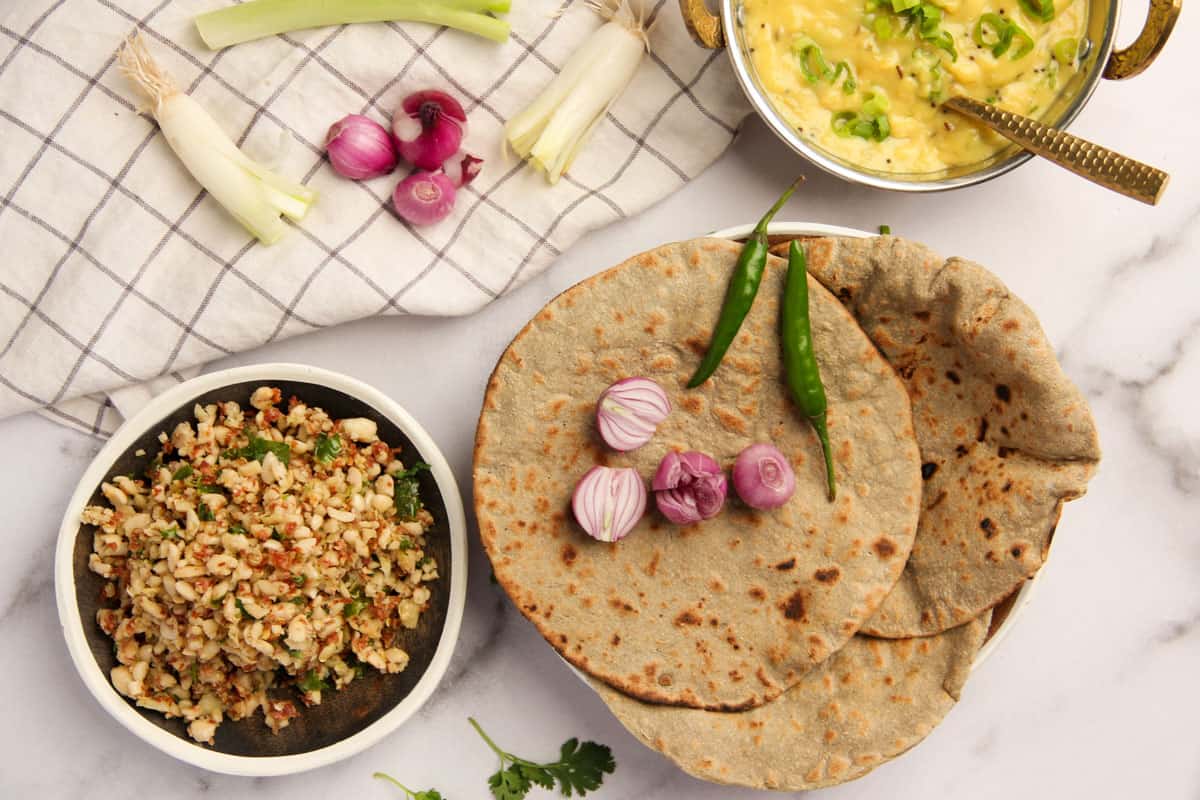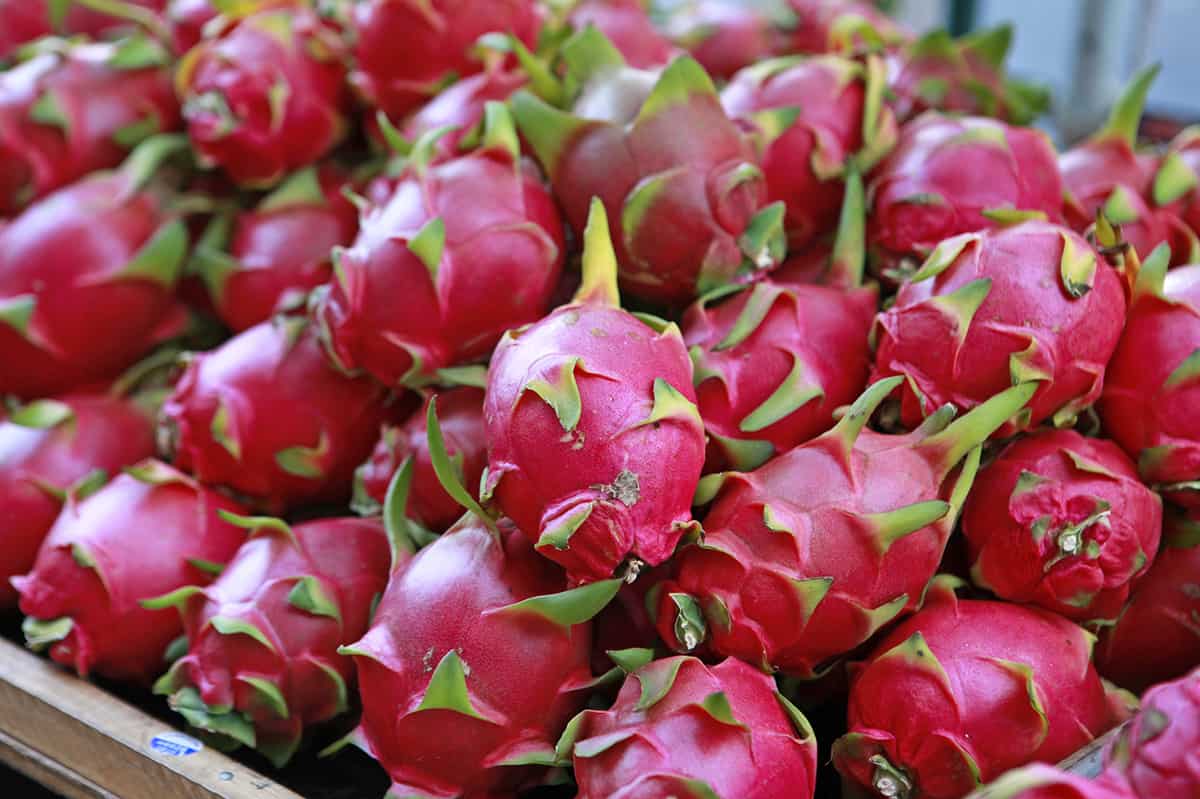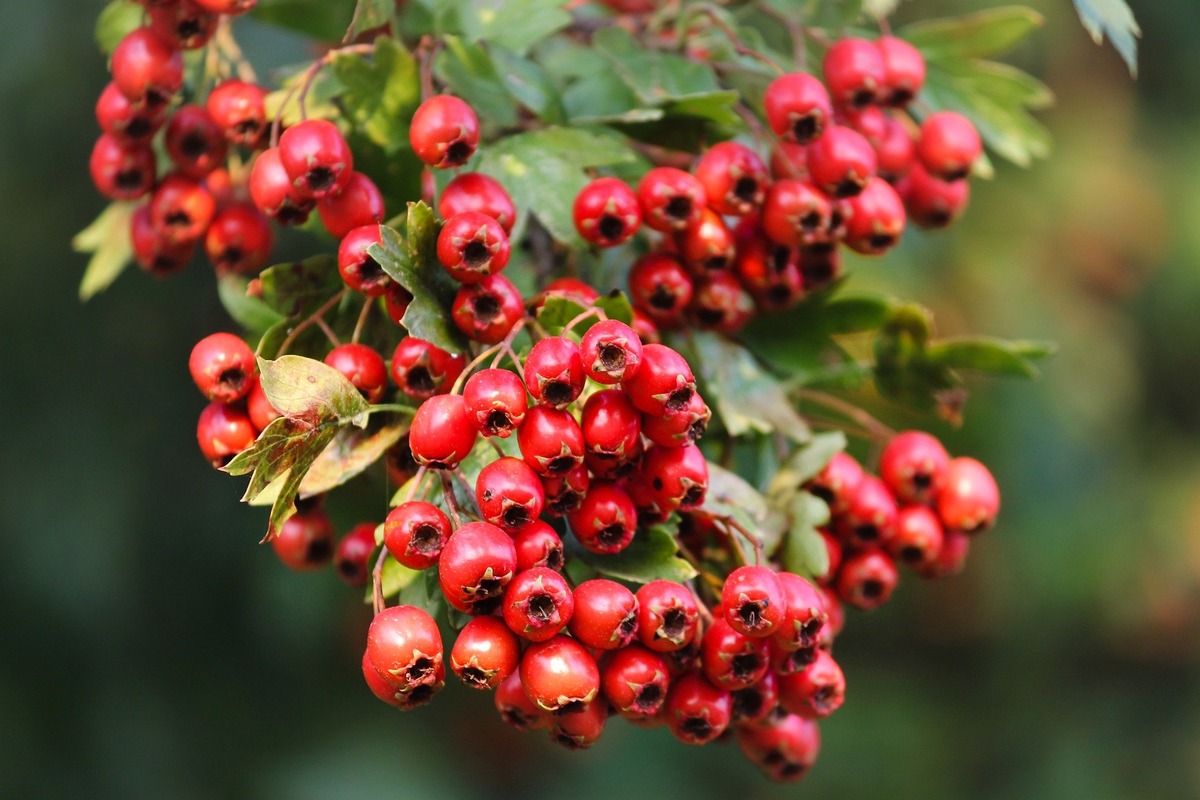Understanding Ayurveda and Ghee
Ayurveda, the ancient Indian system of medicine, emphasizes the importance of maintaining a balance in the body to achieve optimal health. According to Ayurveda, ghee, or clarified butter, is considered a highly beneficial food that can be consumed in different ways according to the changing seasons. Let’s explore how to incorporate ghee into your diet based on the principles of Ayurveda.
Spring
In the spring season, Ayurveda recommends consuming ghee to support the body’s natural detoxification processes. Ghee helps lubricate the digestive system and aids in the elimination of toxins. During this time, you can incorporate ghee into your diet by:
- Adding a teaspoon of ghee to warm water and drinking it in the morning to support gentle cleansing.
- Using ghee for light sautéing of vegetables to promote digestion and nourish the body.
Summer
As the weather gets warmer, Ayurveda suggests using ghee to help cool the body and soothe the digestive system. Here’s how you can consume ghee in the summer:
- Mixing a small amount of ghee with a refreshing glass of buttermilk to aid digestion and stay cool.
- Drizzling melted ghee over grains or rice dishes to provide a grounding and nourishing element to your meals.
Fall
During the fall season, Ayurveda recommends using ghee to support the body’s natural immunity and promote warmth. Ways to consume ghee in the fall include:
- Adding a spoonful of ghee to soups or stews to enhance the flavor and provide nourishment during the cooler weather.
- Using ghee in baking or cooking to create hearty and comforting dishes that help maintain balance in the body.
Winter
In the winter months, Ayurveda suggests increasing the consumption of ghee to provide warmth and nourishment to the body. Ways to incorporate ghee into your diet during winter include:
- Enjoying a warm cup of milk with a teaspoon of ghee before bedtime to promote relaxation and support the nervous system.
- Using ghee in the preparation of rich and hearty dishes to provide insulation and nourishment during the cold weather.
Conclusion
According to Ayurveda, ghee can be consumed in various ways to support the body’s needs during different seasons. By understanding the principles of Ayurveda and adapting your ghee consumption according to the changing seasons, you can promote balance, nourishment, and overall well-being.
Remember to always consult with a qualified Ayurvedic practitioner before making significant changes to your diet, especially if you have specific health concerns or conditions.
More Delicious Ways to Incorporate Ghee into Your Seasonal Diet
For those ready to enhance their culinary repertoire with ghee, a variety of recipes are available to incorporate this nourishing fat into daily meals, suitable for each season as guided by Ayurveda. Notable dishes include soothing butternut squash soup for a warm, soothing meal during cooler months and refreshing salmon seared ghee to enjoy the lighter, refreshing flavors in spring or summer. The nourishing sweet potatoes baked and comforting mashed potatoes are perfect for grounding and comforting food experiences in the autumn and winter seasons. Trying these recipes will not only bring diversity to your table but also align your diet more closely with Ayurvedic principles, promoting balance and wellness throughout the year.











